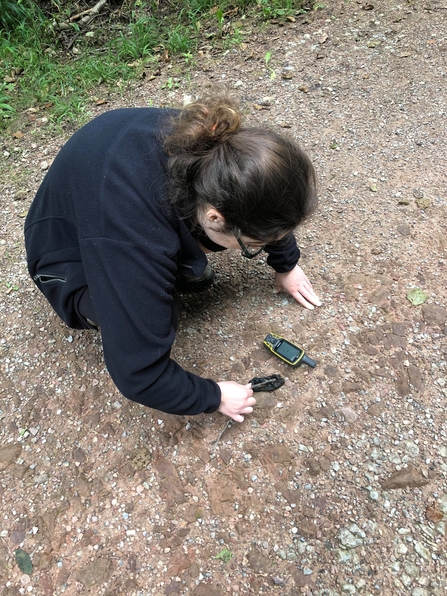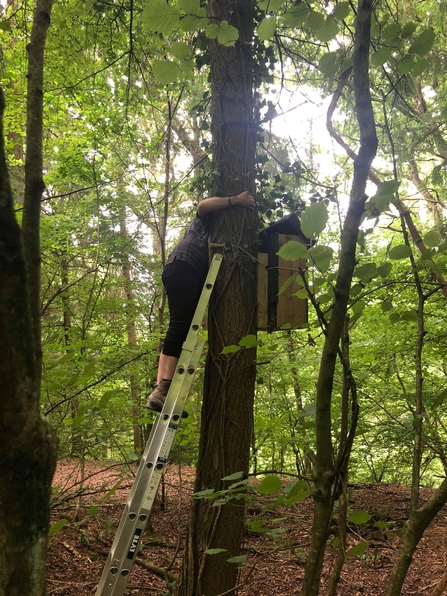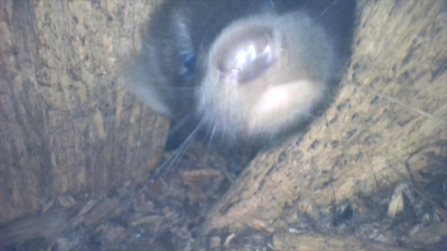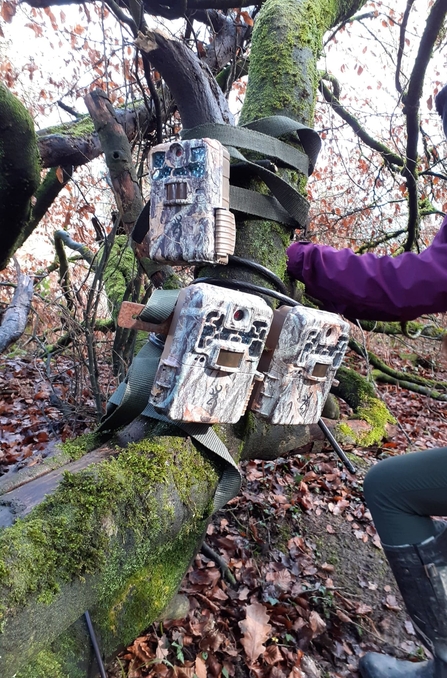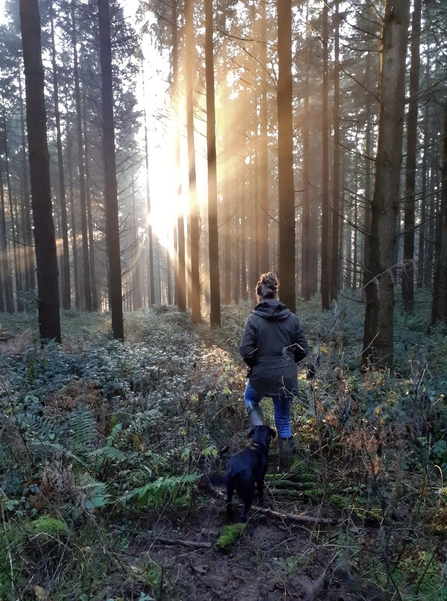I’m a scat-(wo)man
This time last year was very exciting for the project team; we completed the Dean’s first scat surveys which were undertaken in March as this is the time of year when scat numbers are lowest on the ground. This gives us a conservative estimate of how many scats are in the area. Martens leave many of their scats at their dens, to mark their resting sites, but they also scat strategically along the paths and tracks that go through, and surround, their territory. This is advantageous for us marten wranglers as it means we can search for these calling cards whilst taking a lovely stroll through the spring forest. It was a great way to get volunteers involved in project by giving them their marten surveying initiation, that is, of course, the smelling of scats. If you’re lucky you get a fragrant marten scat, and if you’re not so lucky then it’s the acrid stretch of a fresh fox poo, that stays in your nose for weeks.


